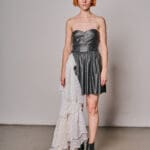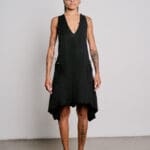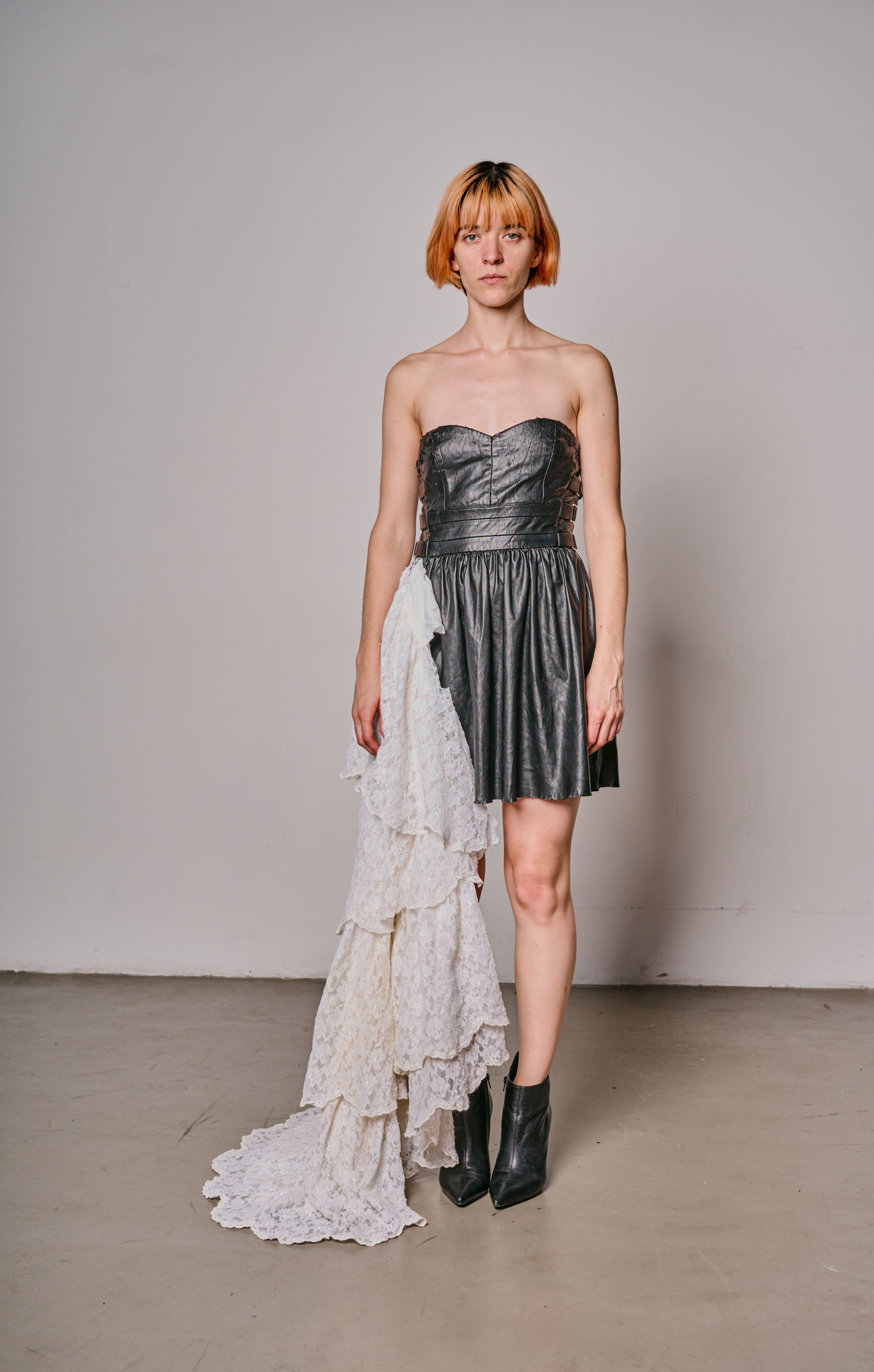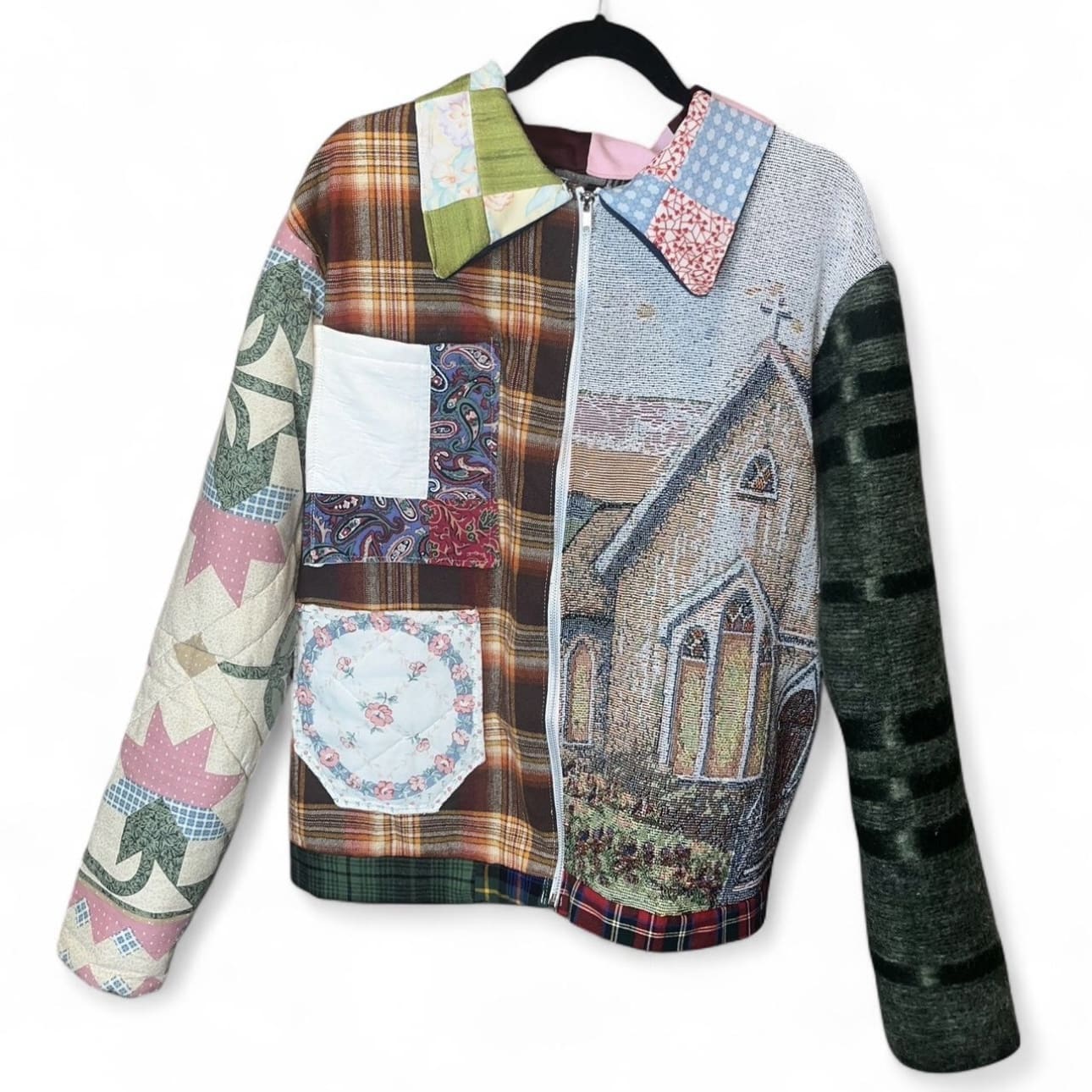Fashion is a reflection of the times, and no garment captures the evolution of style quite like the dress. Over the 20th century, retro style dresses have transformed dramatically, shaped by shifting cultural trends, technological advancements, and changing societal norms. From the structured elegance of the Edwardian era (1901-1919) in England to the free-flowing, rebellious spirit of the 1960s and beyond, each decade introduced its own iconic silhouettes and fabric choices.
Yet, while the cuts, fabrics, and details of dresses evolved, many of these styles continue to inspire modern fashion today. Retro elements from the 1920s flapper dress to the bold prints of the 1970s still hold sway over contemporary designs, proving that vintage styles have a timeless appeal. Join us as we explore the most defining dress styles from each decade between 1900 and 2000, celebrating the enduring influence of retro fashion on today’s wardrobes.
While fashion history is rich and diverse across the globe, this article will focus specifically on Western fashion. It’s important to acknowledge that many other cultures boast equally fascinating and unique styles, with incredible dresses and designs throughout their histories. However, here we’ll explore the defining moments in Western dress fashion and their lasting influence.
1900s Edwardian Dresses
Edwardian dresses of the early 1900s were marked by their elegance and refined details, embodying the lavish lifestyle of the upper class. Characterized by high necklines, delicate lace, and intricate embroidery, these dresses often featured S-shaped corsets that created a dramatic hourglass silhouette.
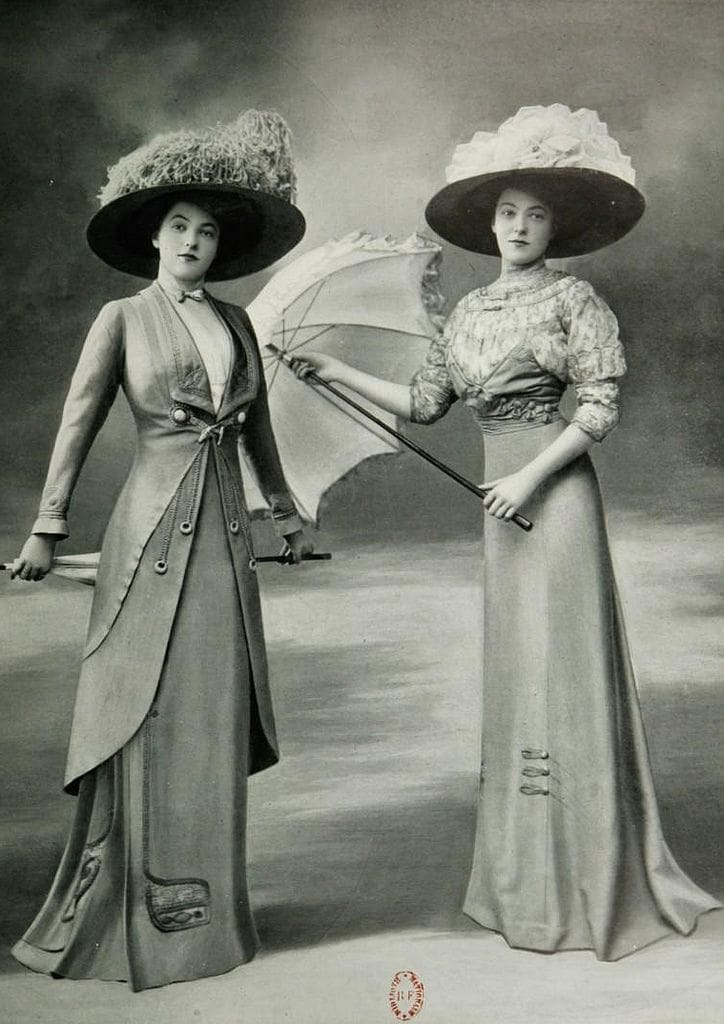
Soft, flowing fabrics like silk and tulle were commonly used, draping gracefully over the body while highlighting the cinched waist. Edwardian fashion embraced femininity, with long, flowing skirts, puffed sleeves, and romantic embellishments. This style reflected the transition from the rigid Victorian era to a more fluid, yet still formal, approach to women’s fashion.
1910s Dresses and the Influence of Paul Poiret
Dresses in the 1910s saw a shift away from the restrictive silhouettes of the Edwardian era, largely influenced by designer Paul Poiret. Poiret revolutionized women’s fashion by abandoning the use of corsets and introducing a more fluid, natural shape. His designs featured high waists, looser skirts, and vibrant, exotic patterns inspired by Eastern cultures.
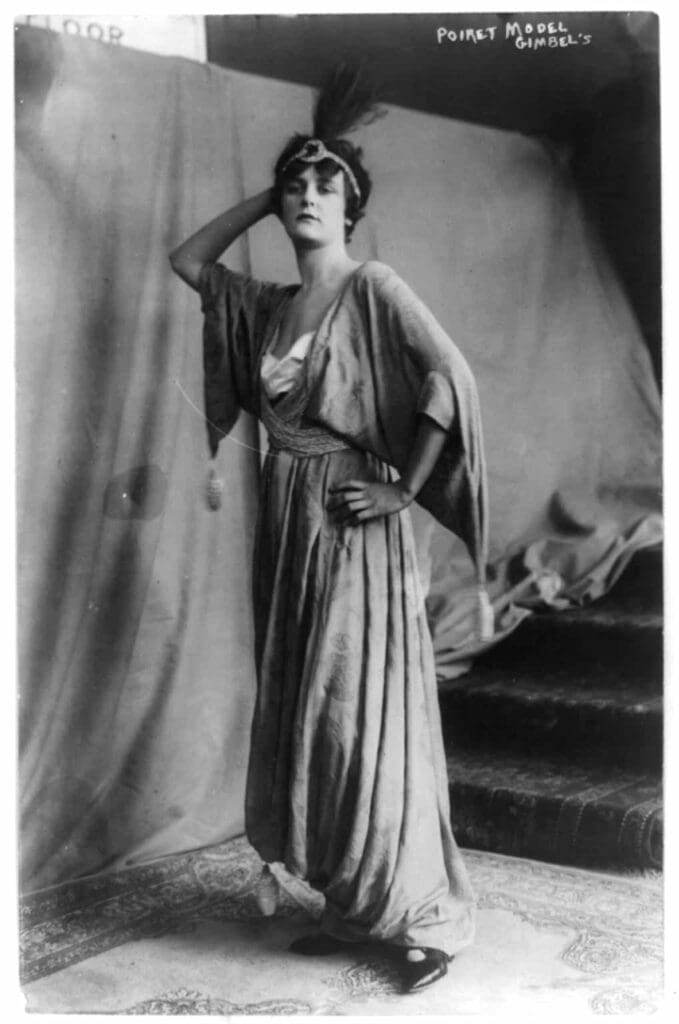
The hobble skirt, which was narrow at the hem and allowed for only short steps, became one of his signature looks. Poiret’s bold use of draping and luxurious fabrics such as silk and satin brought a sense of liberation to women’s fashion, marking the beginning of a more modern approach to dress design.
1920s Flapper Dresses
Retro style dresses from the 1920s epitomize the rebellious spirit of the Jazz Age, heavily influenced by the flapper movement and the social changes brought about by Prohibition. Flapper dresses were shorter, looser, and more daring than anything seen before, featuring dropped waists, knee-length hemlines, and straight, boyish silhouettes that reflected a rejection of traditional femininity.

Embellished with fringe, sequins, and beading, these dresses were designed for movement, perfect for the lively dances of the era like the Charleston. The influence of Prohibition, with its speakeasies and underground nightlife, added a sense of boldness and glamour to the fashion, as women embraced a more liberated, carefree lifestyle both in their dress and in their behavior.
1930s Retro Style Dresses
Dresses in the 1930s reflected the elegance and understated glamour of a world recovering from the Great Depression. In a time of economic hardship, fashion became more practical and modest, with designers focusing on simple, tailored silhouettes that could be worn for longer periods. Bias-cut dresses, popularized by designers like Madeleine Vionnet emphasized a more natural and elongated feminine figure.
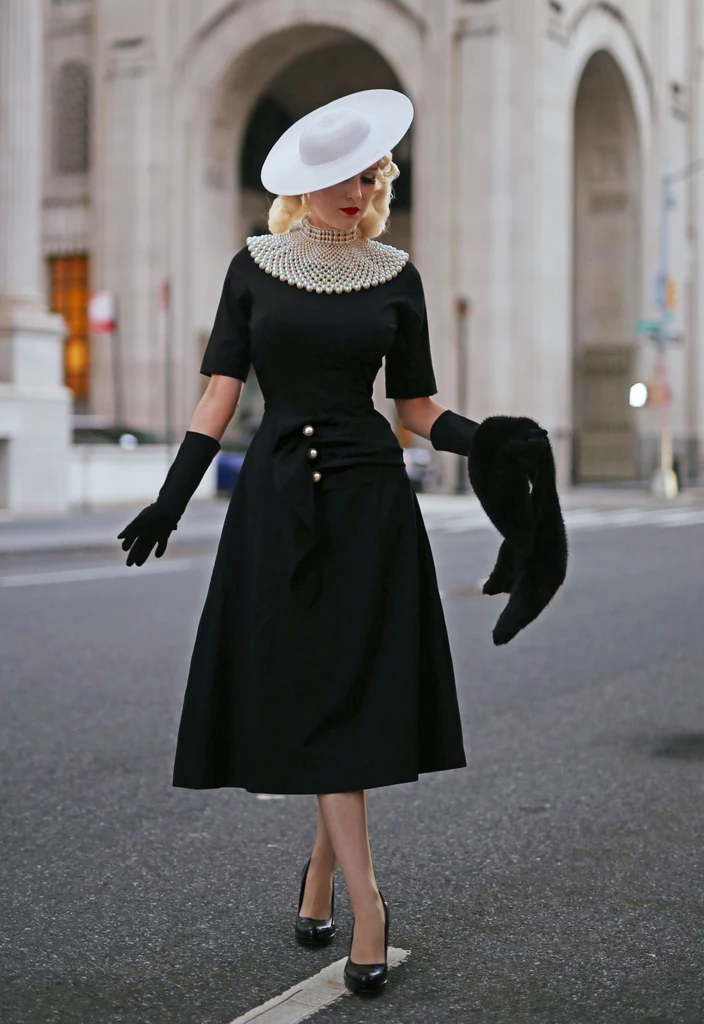
Fabrics such as rayon and cotton became more common due to their affordability. Despite the financial constraints of the era, Hollywood’s influence brought a touch of escapism to fashion with a sense of luxury amid the difficult times. The 1930s style blended grace with functionality, setting the stage for the more utilitarian fashion of the following decade.
1940s Vintage Style Dresses
Dresses in the 1940s were shaped largely by World War II. With fabric rationing in effect, women’s dresses became simpler and more utilitarian with a boxier silhouette. The focus was on durability and function, with day dresses often designed with military-inspired details like buttons and belts.

Fabrics like wool and rayon were common, while extravagance was kept to a minimum. Despite wartime restrictions, women found ways to maintain a sense of femininity, often accessorizing with bright scarves, bold red lipstick, and carefully styled hair. As the war ended, Dior’s “New Look” emerged in the late 1940s, reintroducing full skirts, cinched waists, and a more romantic, hourglass silhouette that marked the beginning of post-war glamour.
1950s Style Dresses
Dresses in the 1950s embraced femininity with full skirts, cinched waists, and an hourglass silhouette. The era’s style was marked by a return to glamour after the war, largely influenced by Christian Dior’s “New Look.” Two iconic dress styles emerged during this time: the shirtwaist dress and the hostess dress.

The shirtwaist dress, a chic yet practical option for daywear, featured a button-down bodice, collar, and full skirt, the iconic look of the 1950s housewife. Meanwhile, the hostess dress combined style with comfort. These dresses were typically more relaxed, featuring wrap or fitted waists with flared skirts. Both styles reflected the post-war ideal of refined yet approachable fashion that defined the decade.
1960s Mod Dresses
Dresses in the 1960s were a reflection of the vibrant social changes and the rise of counterculture, breaking away from the structured styles of previous decades. As the decade progressed, fashion became a symbol of youthful rebellion and self-expression.
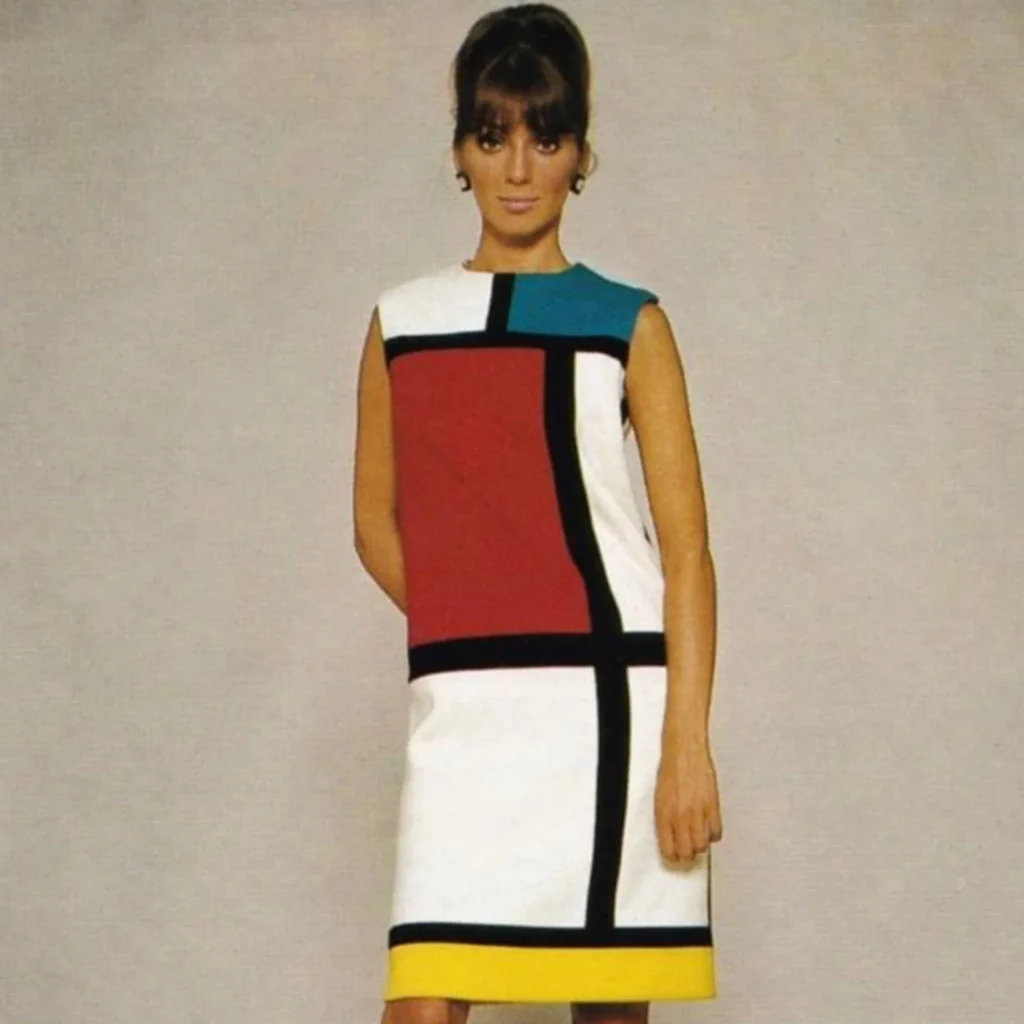
The mod movement introduced bold, geometric mini dresses with bright colors and clean lines, famously popularized by designers like Mary Quant. The mini skirt itself became a defining look, representing a newfound sense of freedom for women. By the late 1960s, the influence of the counterculture was fully visible in flowing, bohemian maxi dresses and psychedelic patterns, ushering in the counterculture explosion of the 1970s.
1970s Hippie Retro Style Dresses
Dresses in the 1970s were a mix of bohemian free-spiritedness and bold, eclectic styles, heavily influenced by the hippie movement and the era’s rock-and-roll culture. Flowing maxi dresses, often adorned with earthy patterns, floral prints, and intricate embroidery, became a symbol of the decade’s laid-back, anti-establishment ethos. Natural fabrics like cotton and suede were popular, and loose, unstructured silhouettes reflected a desire for freedom and individuality.
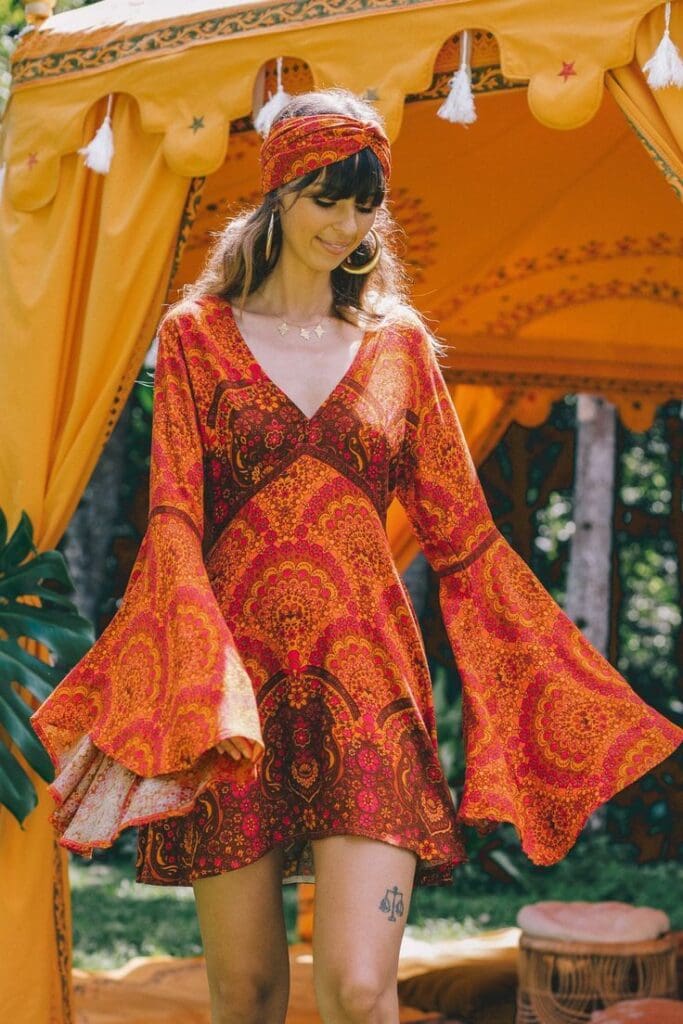
Rock stars like David Bowie and Mick Jagger pushed boundaries further, wearing dresses on stage as part of their flamboyant, gender-fluid style. This blurring of gender lines in fashion helped challenge traditional norms, adding to the decade’s overall sense of rebellion and self-expression. The 1970s embraced a fusion of cultural influences, from folk-inspired designs to glamorous disco dresses, making it a dynamic and transformative period in fashion history.
1980s Disco Retro Style Dresses
Dresses in the 1980s were all about boldness, excess, and making a statement, reflecting the vibrant energy of the decade. With the rise of disco music, fashion embraced shimmer and glam, with party dresses featuring sequins, metallic fabrics, and dramatic silhouettes perfect for the dance floor. Strong shoulders, often padded, and nipped-in waists became defining features, giving dresses a structured yet exaggerated look.

Influenced by pop culture and icons like Madonna, dresses also played with contrasts—mixing feminine details like ruffles and lace with edgier, punk-inspired elements. The 1980s celebrated maximalism, from the glitzy, body-hugging dresses worn in nightclubs to the voluminous evening gowns seen on red carpets. Whether for the office, a night out, or high fashion, dresses from this era were designed to stand out and embody the dynamic, fast-paced spirit of the times.
1990s Preppy and Grunge Dresses
Dresses in the 1990s reflected a blend of minimalism and rebellion, capturing the contrasting fashion trends of the decade. While sleek, simple slip dresses dominated the runways, made famous by designers like Calvin Klein, the grunge movement brought a more casual, anti-fashion aesthetic to the forefront.
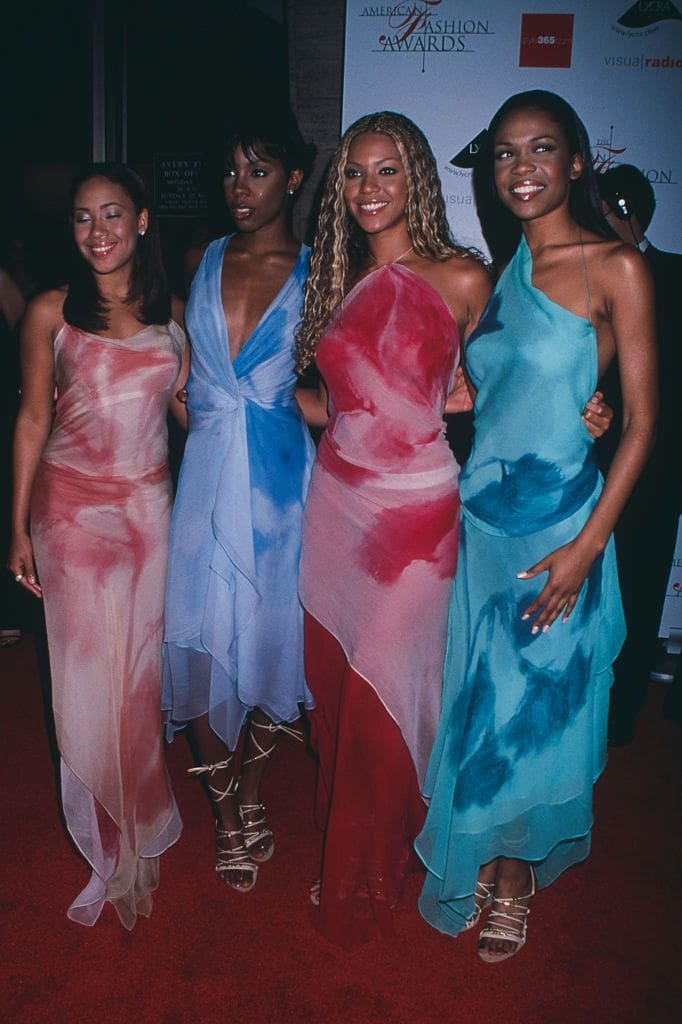
Grunge fashion, influenced by bands like Nirvana and Pearl Jam, embraced a laid-back, deconstructed style, with dresses often worn layered over T-shirts or paired with flannels and chunky boots. Floral babydoll dresses, oversized silhouettes, distressed fabrics and cheetah print became iconic looks. This era rejected the polished glamour of previous decades in favor of an undone, authentic vibe. The 1990s celebrated both high-fashion minimalism and alternative street style, creating a diverse, yet distinct, era for dress design.
Dresses Present and Future
As we’ve journeyed through the history of dresses from the 1900s to the start of the 21st century, it’s clear that fashion evolves in response to cultural shifts, technological advancements, and changing societal values. From the structured elegance of Edwardian dresses to the rebellious spirit of grunge in the 1990s, each decade has left its mark on modern fashion. Today, many of these retro style dresses continue to influence contemporary design.
Looking ahead, the future of fashion will not only be defined by style but by sustainability. As we face growing environmental concerns, the fashion industry will need to embrace more eco-friendly practices, including upcycled materials and sustainable fabrics. The challenge for future designers will be to create beautiful, innovative dresses while minimizing their impact on the planet, ensuring that fashion continues to be both stylish and responsible.
If you want to shop for upcycled and eco-friendly fashion, don’t forget to check out our Custom WearHouse store! And stay tuned for another article about dress styles that emerged after 2000!


